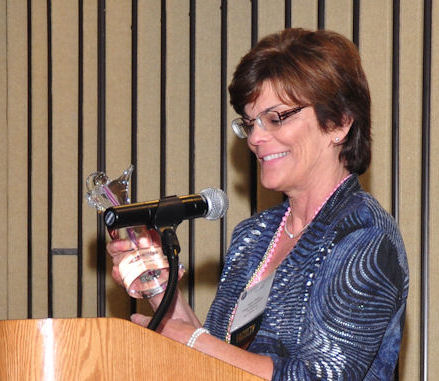by Kathy Steligo
 If you’re facing mastectomy to prevent or treat cancer, you have more choices for breast reconstruction than ever before. New breasts can be created with saline or silicone implants, or if you have excess fat that you’d like to put to good use, your own living tissue. Both reconstructive approaches can be done in different ways and have advantages and downsides. And both have benefited from recent innovations. Newer implants are believed to be less prone to ruptures and leaks, and more surgeons are offering direct-to-implant (“one-step) reconstruction. The number of surgeons who perform advanced tissue flap procedures is also increasing, making flap reconstruction that uses just skin and fat and doesn’t affect muscle functionality more available.
If you’re facing mastectomy to prevent or treat cancer, you have more choices for breast reconstruction than ever before. New breasts can be created with saline or silicone implants, or if you have excess fat that you’d like to put to good use, your own living tissue. Both reconstructive approaches can be done in different ways and have advantages and downsides. And both have benefited from recent innovations. Newer implants are believed to be less prone to ruptures and leaks, and more surgeons are offering direct-to-implant (“one-step) reconstruction. The number of surgeons who perform advanced tissue flap procedures is also increasing, making flap reconstruction that uses just skin and fat and doesn’t affect muscle functionality more available.
Not all reconstructive procedures produce the same results. A lot depends on your chest structure, the quality of your breast skin and tissue—including whether or not you’ve had radiation—and the reconstructive option you choose. Selecting the right surgeon influences your outcome more than any other factor. But not all surgeons perform all procedures, and the availability of different reconstructive methods varies widely. It’s important to do your own research and make your own informed decisions about when, where, and how to have reconstruction, or whether to have it at all. Not every option may appeal to you, and you may not be a candidate for all of them, but it will be well worth your while to learn about them before deciding which, if any, is right for you.
If you’re considering reconstruction, remember three important steps:
- Research and understand reconstructive options before you choose one (The Breast Reconstruction Guidebook will help you do that).
- Consult with more than one plastic surgeon.
- Choose a surgeon who is very experienced in the technique you prefer.
If future scientific breakthroughs provide ways to prevent breast cancer or treat it without removing the breasts, reconstruction will become obsolete. Some day, it might even be possible to repair damaged genes so that previvors won’t have to sacrifice their breasts to reduce their cancer risk. Until then, promising technologies are being explored. Tissue engineering, the same science that prompts stem cells to develop new organs, has already shown that it is possible to “grow” new breasts in a lab environment. Practical applications are probably years away, but other projects already in the research pipeline may produce discoveries that streamline and ease the reconstructive experience. Researchers are testing self-controlled tissue expansion (you inflate expanders at home, at your own convenience), reducing the entire expansion process from several weeks to just two. One of the most promising areas of development involves new ways to stabilize fat from the hips, thighs, abdomen or buttocks so that it can be liposuctioned and injected (rather than surgically transferred) under the breast skin to form new breasts. By stabilizing and enhancing the fat with stem cells, more of it stays where it is wanted, perhaps facilitating entire natural tissue reconstruction without the intensive surgery and recovery associated with current procedures that transfer flaps of fat to the chest.
Kathy Steligo, FORCE’s editor-at-large and author of The Breast Reconstruction Guidebook wrote the following guest blog.
